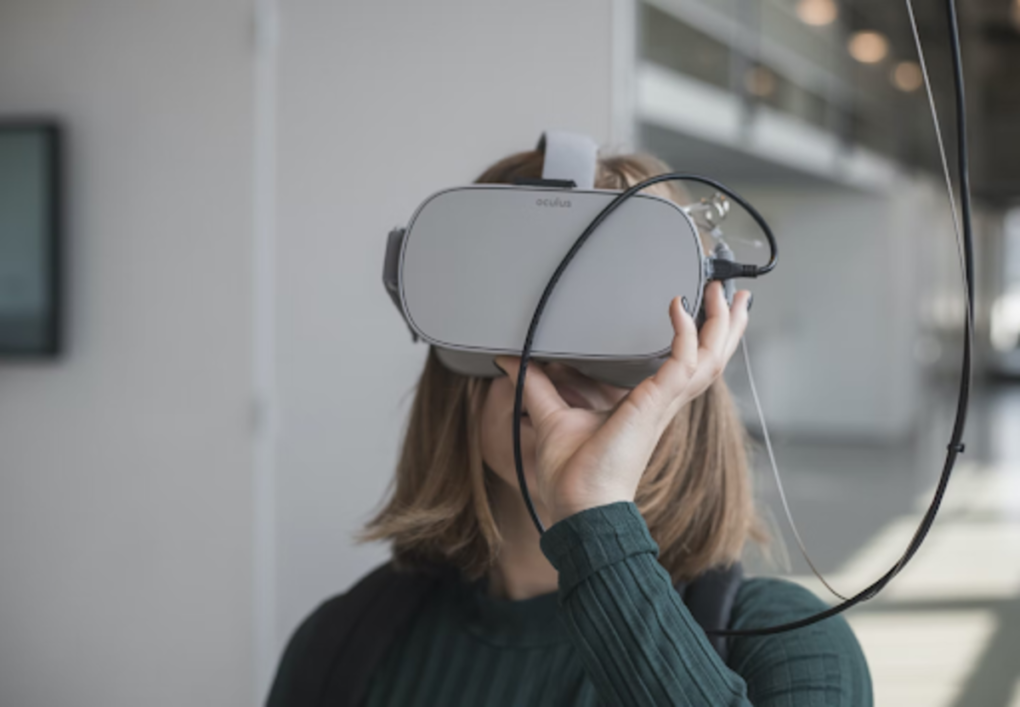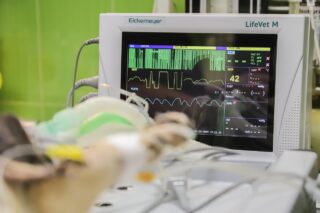
Technology has made cancer treatment easier for doctors and patients alike. Technology advances allow doctors to diagnose cancer earlier, reduce hospital stays, and improve tumors’ response to treatment. Technology is helping people recover from cancer faster by improving their lives while receiving treatment.
This article will look at how technology helps make cancer treatment more manageable.
1. X-Ray Machines
Doctors use these devices to test tumors and identify other problems that may be causing pain or other issues. People mainly used X-ray machines for imaging in the past, but now they’re also used in cancer treatment.
This means that doctors can take a detailed look at how a tumor is growing and how it’s affecting the rest of the body. By doing so, they can better determine how best to treat it.
2. PET Scanners
PET Scanners are a type of nuclear medicine test that uses radiation to create images of organs or tissues in the body. They detect cancer, monitor responses to treatment, and rule out other diseases.
PET scanning uses a radioisotope (a radioactive chemical) instead of X-rays or other forms of radiation. Radioisotopes emit their energy as photons, which can penetrate tissue easily and leave no harmful residue when interacting with their target.
PET scans image tumors throughout the body and helps doctors determine if cancer cells exist in an organ or tissue. The radioactivity of the radioisotope used in a PET scan is taken up by the tumor and converted into specific compounds that emit light when made into a photographic image. This process allows doctors to see photos of tumors in detail without causing any harm to surrounding healthy tissue.
3. Smartphone Apps
Smartphone apps are an essential part of cancer treatment. They provide caregivers with a way to track the patient’s condition, alert them to potential problems, and help them make decisions about what they can do for their loved ones. The following apps are effective in helping patients manage their conditions:
- Families Connected allows caregivers to communicate with each other through text, phone calls and video calls.
- CancerCare lets patients keep track of their disease and access information about treatments through an app on their phone or tablet.
- Cancer Tracker Lite helps users track their symptoms and medication dosages using a mobile device.
- Checkup for Kids provides family members with tools for tracking health conditions and medications in children between the ages of 2-17 who are being treated for cancer.
4. Ultrasound Scans
Ultrasound is a form of non-invasive imaging that uses sound waves to generate an image of the body. It can detect and diagnose many types of cancer, including breast, prostate, lung and colon.
Ultrasounds are painless and highly accurate. Most patients do not even need anesthesia or sedation for their scans. Patients may repeat the scan multiple times to improve the accuracy of the images.
An ultrasound can confirm a patient’s diagnosis of cancer. It can determine any signs of spread in the body, such as lymph nodes that may indicate metastatic disease elsewhere in the body.
Ultrasound also plays a vital role in helping doctors determine whether a patient responds well to treatment for their cancer (i.e., a cure).
5. Wearable Devices
A wearable device is a small electronic device worn on the body, often as a medical device. Wearable devices may monitor vital signs and collect and transmit data to a physician. Some wearable devices are used in health care settings to record information and send it to a central location for analysis.
Wearable devices have been used to monitor patients’ vital signs and collect and transmit data to doctors for years. Now, wearable devices are being developed specifically for cancer care. Wearable devices are already used for many other purposes, such as monitoring blood pressure and heart rate during exercise or sleep, collecting information about physical activity levels and providing feedback that helps people improve their performance.
6. Breast Implants With Sensors
Breast implants are another example of how technology changes how cancer is treated.
While there are many different types of breast implants, some have sensors that detect if a tumor is growing or spreading. The implant then sends an alarm to the patient’s doctor, who can take action immediately.
This is a massive improvement over the current system, requiring patients to return to the hospital every few months for checkups or biopsies. The implants themselves are expensive and require surgery as well. But if doctors could detect changes in the tumor’s size and location remotely and quickly, they could save on costs and time spent on follow-up visits.
7. CTs
CT scans are beneficial for diagnosing certain types of cancer. For example, they can help doctors determine if a patient has lung cancer by showing them how far a tumor has spread and what body parts it affects.
CT scans can also help doctors determine whether a patient should have surgery, chemotherapy, or both as part of their treatment plan. A tiny tumor may not cause any problems for years before it becomes large enough to start causing symptoms again. But if several tumors grow together inside one area — such as in someone’s brain — they could cause problems sooner than expected.
By using CT scans to look at many different parts of a person’s body at once, doctors can see how the various tumors are growing and make sure they know exactly where to cut out any tissue that needs removing.
8. MRI (Magnetic Resonance Imaging) Scans
To identify the type of tumor, doctors use a magnetic resonance imaging (MRI) scan. This test uses pulses of powerful magnetic fields and radio waves, which interact with atoms in the body. The MRI machine sends out a sequence of those pulses and records how they affect different tissues. The result is an image showing which tissues are being affected.
The results are more detailed than CT scans because the MRI can capture more tissue. This makes it possible to see small tumors even in areas that were not visible on a CT scan. The MRI lets doctors distinguish between benign and malignant tumors because it captures images at different depths within the body’s tissues.
9. 3D Printers for Making Tumors
3D printing is a process that creates three-dimensional objects from digital models by depositing layers of material, one on top of the other, to create the thing.
The technology allows for the fabrication of prosthetic limbs and to develop tumors for cancer research.
A 3D printer would allow researchers to make tumors more accurately than ever before, taking them out of a Petri dish and placing them in a living patient.
10. VR Simulations for Surgeons
VR simulations, also known as virtual reality surgery, allow surgeons to practice on a virtual patient before they perform the procedure on a real one.

Virtual reality simulation allows patients to experience what it might be like to undergo a surgery they may have been afraid of due to their symptoms or past surgeries that didn’t go well. Patients can then visualize what it would feel like during and after the procedure.
Technology Is the Future of Everything!
It’s hard to deny the ground-breaking potential of medical tech in cancer treatment, and it’s thrilling to see where it will go in the future. As long as technology improves cancer treatment and general healthcare, the world will continue to get healthier and more sustainable.







